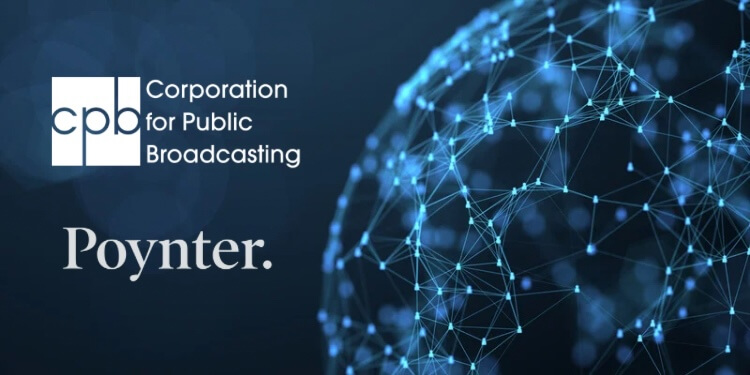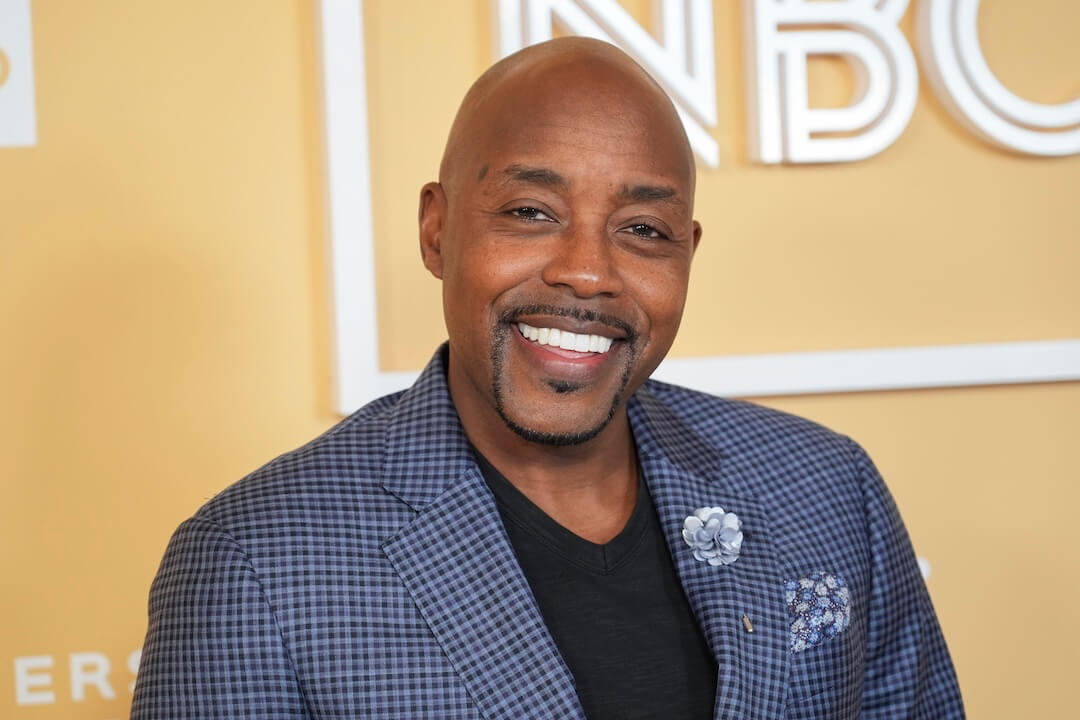In early 2020, I asked for advice on where to pitch an article about the material culture of the Boogaloo. One of my colleagues looked up the strange word and told me I shouldn’t be “platforming” them. A few months later, I read dozens of explainers about the group that confused them with everything from fascists to anarchists — and sometimes both at the same time.
Many of my colleagues more used to dissecting the differences between two parties that share a narrow neoliberal consensus have been, through no choice of their own, forced to cover the difference between white nationalism and western chauvinism in the last few months. Understandably, there’s some confusion about where the dividing lines lie. This article tries to offer come conceptual clarity.
There’s nowhere near enough space here to condense whole libraries of books, but I have included links and references to further reading.
Fascism
Fascism is perhaps the most nebulous concept, and the one most often misused. It’s constantly evolving, and we haven’t really had that many instances of it to use as guardrails on our way to a definition. It’s even debated in the academe whether fascism is an ideology or an aesthetic — a way of looking, behaving and speaking without a coherent worldview attached.
I tend to use an abridged version of “The Anatomy of Fascism” author Robert Paxton’s “motivating passions” when trying to define fascism. At its core, fascism puts the needs of one group above the rest of society. It relies on a sense of crisis and the victimhood/decline of the “chosen group” that it feels has been undermined by the insidious actions of a scapegoat group. It pursues redemption by cleansing violence, relies on a charismatic male leader and laments the impact of decadent liberalism.
Fascism does not need to coincide with white nationalism, although it can. However, there have been nonwhite and gay fascists (like Ernst Röhm) since the 1930s.
Paxton called Donald Trump a fascist after the events of Jan. 6, citing the way Trump had mastered modern media and presented himself as the last redoubt against the “radical left.”
Fascists who succeed tend to rely on the street violence of “shirt movements,” like the blackshirts in Italy or Adolf Hitler’s brownshirted Sturmabteilung. Fascists see democracy as a means, not an end, and the growing evidence that the Proud Boys and Oath Keepers played a pivotal role in the putsch attempt of Jan. 6 places them alongside Trump (using Paxton’s definition) in the pantheon of modern fascists.
[the_ad id=”667826″]
Western chauvinism
The Proud Boys would call themselves “Western Chauvinists,” a vague ideology that combines the myth of a golden era with open misogyny and a predilection for violence, all wrapped up in a frat-boy-meets-skinhead aesthetic.
This ideology is not far from the colonial outlook that preceded fascism, in that it relied upon what academic, political activist and literary critic Edward W. Said called an “orientalist” construction of nonwestern cultures as the opposite of western rationalism, science and progress. Said’s “orientalism” essentially argued that colonialism constructed “the orient,” then it used this rhetorical construction as evidence of the inferiority of “the orient.” It then uses that false construct to construct the supremacy of the “west” as cultural rather than racial.
It accepts nonwhite members, so long as they accept vaguely defined “traditional” western values.
MORE FROM POYNTER: AP Stylebook update: It’s OK to call something racist when it’s racist
White nationalism
White nationalism, by contrast, is based on race and is very much rooted in the white supremacy on which this country was founded.
Both nations and races are imagined concepts, and “whiteness” as well as “Americanness” have shown themselves to be very nebulous concepts. However, the ideology holds that white people are a definable race of European (sometimes Nordic) extraction and that they are superior to other humans, and should dominate them in the nations where they make a significant part of the population.
This differentiates them from white supremacists, who see white people as the legitimate global elite. Although both movements might legitimately be accused of this worldview, their stated goals differ.
White nationalist ideology is best summed up in the “fourteen words” of the white nationalist slogan: “We must secure the existence of our people and a future for white children.”
Often the number “14” is seen tattooed on white bodies alongside the number “88”, the latter standing for “Heil Hitler” (“h” is the eighth letter of the alphabet). Prominent examples include White Aryan Resistance, the web forum Stormfront and the National Justice Party.
Accelerationism
Many of these groups will be “accelerationist,” meaning that they feel that their goals are better served by an open conflict like the one in the foundational text “Siege.” As such, they might be willing to engage in acts of violence in order to spark a race war and as they term it “vote from the rooftops.”
Other accelerationist groups might not have an explicitly race-based civil war in mind.
The Boogaloo movement certainly harbors racists, but is united by a desire to fight against federal law enforcement and police and has, at times, tried to use the Black Lives Matter movement to achieve this end. For some “boogs,” the “boogaloo” is a race war, or at least one divided largely along racial lines. For others, the “boogaloo” is simply a movement of citizens against the government.
[the_ad id=”667872″]
Anarchism
Some, but not all, “Boogaloo bois” might call themselves anarchists. Anarchism is perhaps the second most misused phrase in the discourse.
Anarchism is not a desire for chaos or violence. It’s a theory in which a free society exists without government, submission or obedience. Instead, society is organized by a voluntary association of various groups and individuals.
Anarchists are broadly divided into social anarchists and individual anarchists. Social anarchists believe in substantive liberty, which means a commitment to basic equality that ensures we all have what is necessary to act on our own free will, whereas individualists believe that liberty consists of the absence of legal restraints.
Anarcho capitalists, who are rejected by most anarchists, have bastardized the second theory somewhat and are prominent in groups that like to read Ayn Rand and see “real capitalism” as the solution to the world’s problems. American anarchist and political philosopher Murray Bookchin and others have called this group Proprietarians, which better describes their outlook.
The easiest way to see the distinction in anarchism is to see it as the difference between “don’t tread on me” for “an-caps” and “don’t tread on us/anyone” for social anarchists.
Anti-facism
Despite the previous administration’s claims, the majority of anti-fascists are not insurrectionary anarchists (although many anti-fascist groups do organize along anarchist lines).
Historian Mark Bray, author of “Antifa: The Anti-Fascist Handbook,” has described anti-fascism as “a kind of politics or activity of radical opposition to the far-right that doesn’t have any qualms about physically disrupting far-right demonstrations.”
Anti-fascism marks its hundredth anniversary this year, but it’s crucial to draw a line between anti-fascists and those who fought Naziism. Anti-fascism has always been about anti-racism. The anti-fascist Abraham Lincoln Brigade of American volunteers who fought in the Spanish Civil War were the first U.S. military unit to be commanded by a Black man. Those volunteers returned to the United States to serve in a segregated army, which is antithetical to what anti-fascism stands for.
If I might offer my own definition, anti-fascism holds that everyone deserves to be treated with dignity and respect and that those who would not treat others with dignity and respect ought to be stopped.
Obviously, many of these concepts overlap, but as we expand our political discourse it is crucial that we understand the differences. These can’t be fully explained in a short article, but the further reading suggestions hopefully provide some more insight.
Writers such as Spencer Sunshine, Talia Lavin, Mark Bray, Abner Hauge, David Neiwert, Brooke Binkowski, as well as those linked above, are well worth a follow on Twitter. I’d also like to encourage my colleagues, and readers, to ask about these concepts. Most academics and journalists are more than willing to help clarify these murky waters.
[the_ad id=”667878″]







